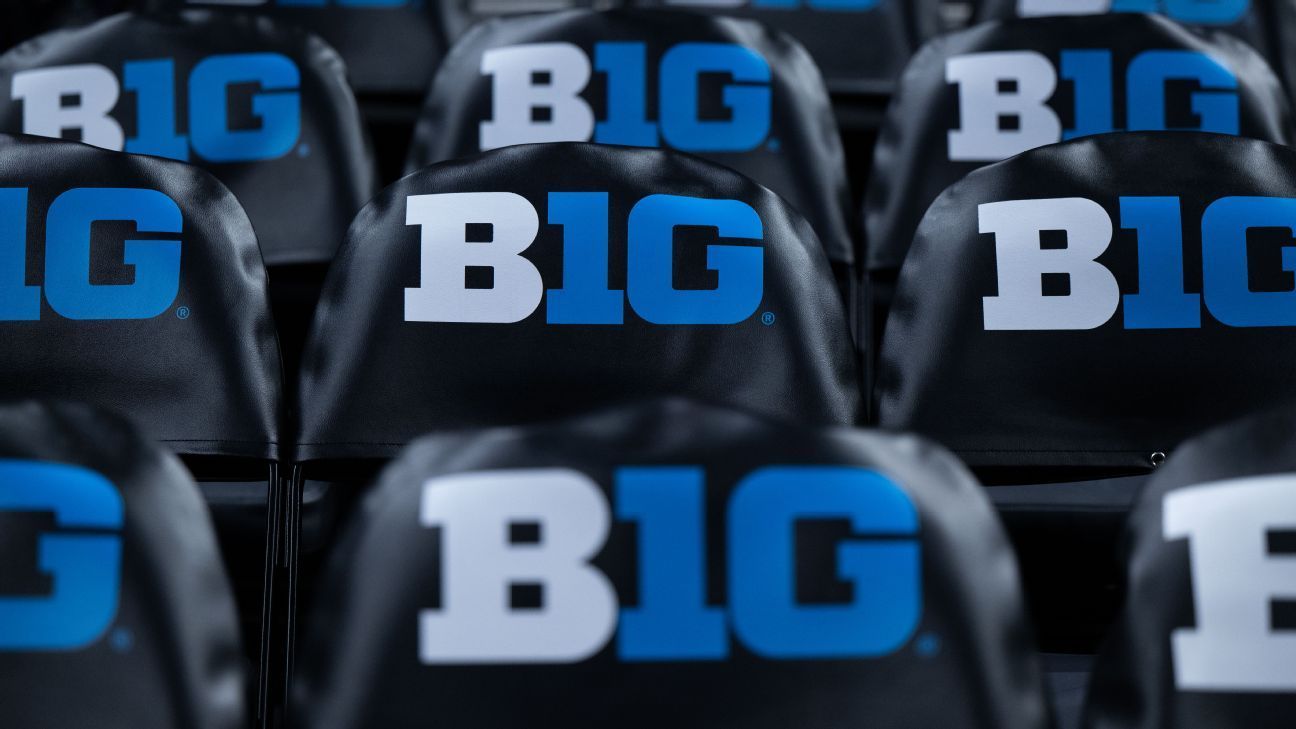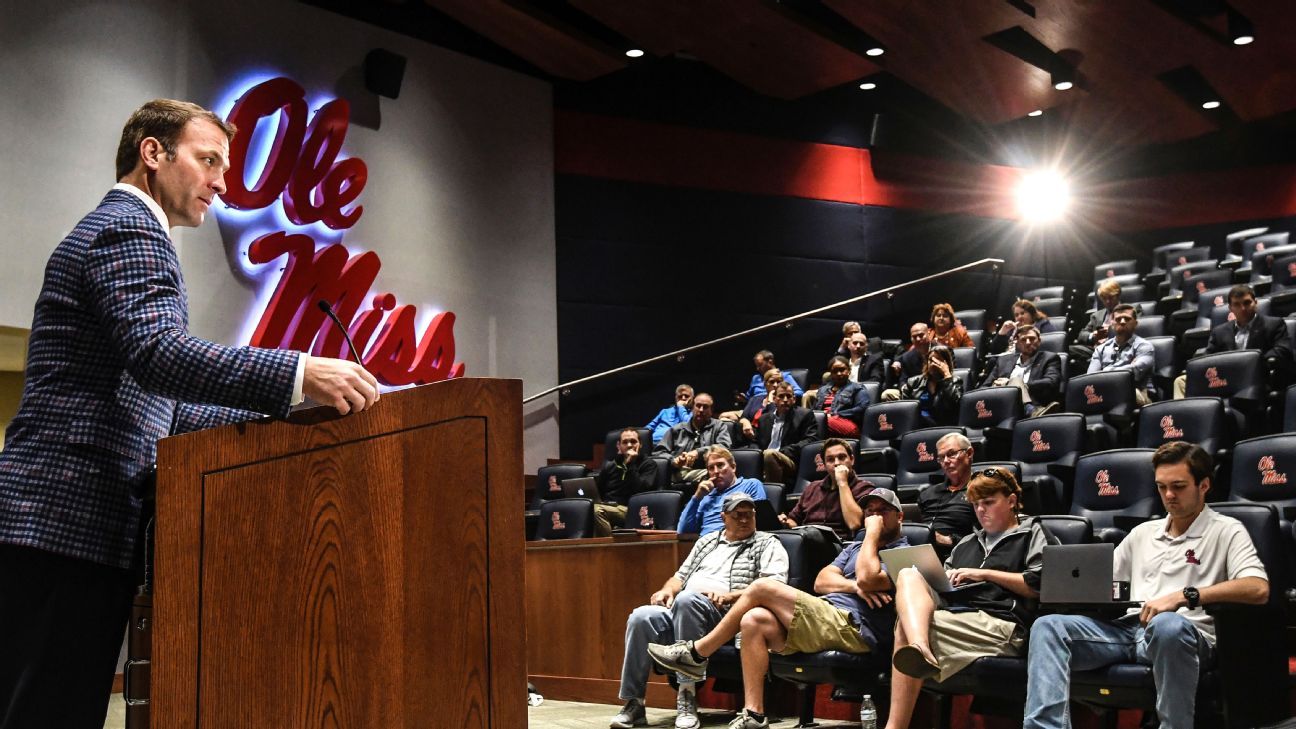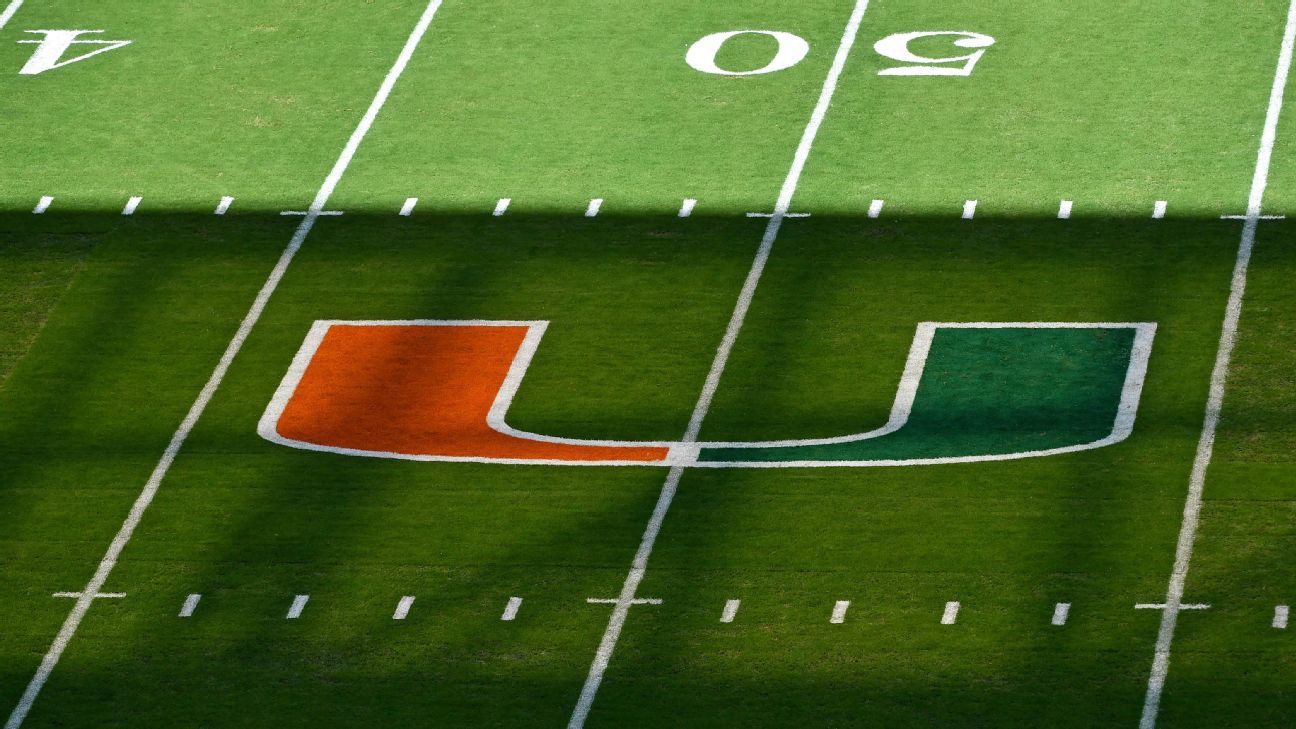The Big Ten's proposed $2 billion-plus private equity deal faces headwinds after a joint meeting Tuesday afternoon between Michigan and USC trustees led to unified questions about the plan, multiple sources who were on the call told ESPN.
The two schools discussed their shared skepticism during the call. One sticking point: The deal doesn't address the root of the problem — rising costs — that has made the need for cash so imperative for athletic departments. Sources said simply providing short-term money does not solve that problem.
The schools also noted pending federal legislation that makes it difficult to predict the future of college athletics, as well as a general apprehension about selling shares in a university asset (conference media rights).
Both Michigan and USC believe there are financing options that may offer superior terms and would like to slow the process and explore them, sources said. The goal, the meeting agreed, should be to help Big Ten schools that need money, but on the most favorable terms imaginable without giving up equity.
Although the questions are numerous, it is unclear how much influence the trustees can exert over the proposal, much less change or even stop the process. The complicated deal remains fluid and is still being negotiated and worked on, meaning that despite current opposition, a deal could still be reached.
That being said, having two of the biggest and most storied athletic brands in the league against you is not insignificant.
The groundbreaking deal framework would send a significant injection of money (on the order of $100 million at least) to each of the Big Ten schools. In exchange, the league would create a new entity, Big Ten Enterprises, that would own all television rights and sponsorship contracts for the entire league through 2046. Individual schools would still retain local radio and other agreements.
Ownership shares in Big Ten Enterprises would go to the league's 18 schools, the conference office and the equity group, an investment fund tied to the University of California pension system. The UC pension fund would receive a 10% stake in Big Ten Enterprises and would have the rights typical of minority investors, but no direct control, according to sources. Exact equity amounts per school across the Big Ten are still being negotiated.
There is expected to be a small difference in the percentage of remaining equity between schools that would favor the league's biggest sports brands, but it is likely to be less than a percentage point. There is also expected to be a tiered system for down payments, with the lowest amount in the nine-figure range. Larger athletic departments could receive more than $150 million.
The agreement would call for an extension of the league's grant of rights until 2046, providing long-term stability for the league and making further expansion and any chance of the league's schools leaving the formation of the so-called super league unlikely.
A conference call with league presidents and athletic directors about the deal was tentatively planned for Thursday, but there could be more work to do before then if a win over Michigan and USC is possible. No official vote has been scheduled.
“It's important to put a structure in place that can maximize that activity,” Big Ten commissioner Tony Petitti said last week at the league's basketball media days. “Whether or not we need strategic investment to help us, we'll determine that. But it will be done by the 18 leaders, and I think it's no different than looking at the other areas we have to maximize resources. It's another avenue that may or may not be available to us.”
Although campus governance varies by institution, both USC and Michigan have interim presidents, meaning their boards of directors could have more influence than usual, especially in a 10-figure deal that could last decades.
The pension fund is not a privately held company, which has been attractive to the Big Ten and its schools. The UC fund's valuation turned out to be higher than other competing offers, according to sources, making it attractive.
The infusion of money is believed to be badly needed at several Big Ten schools that are struggling with debt service on new construction, increasing operating expenses and providing additional scholarships and direct revenue ($20.5 million this year and expected to increase annually) to athletes.
Just this week, Penn State terminated football coach James Franklin's contract and could owe up to $49 million, although that figure could be mitigated to a lower level.
The Big Ten has argued the deal would ease financial strain and help mid- and lower-tier Big Ten schools compete in football against the SEC.












